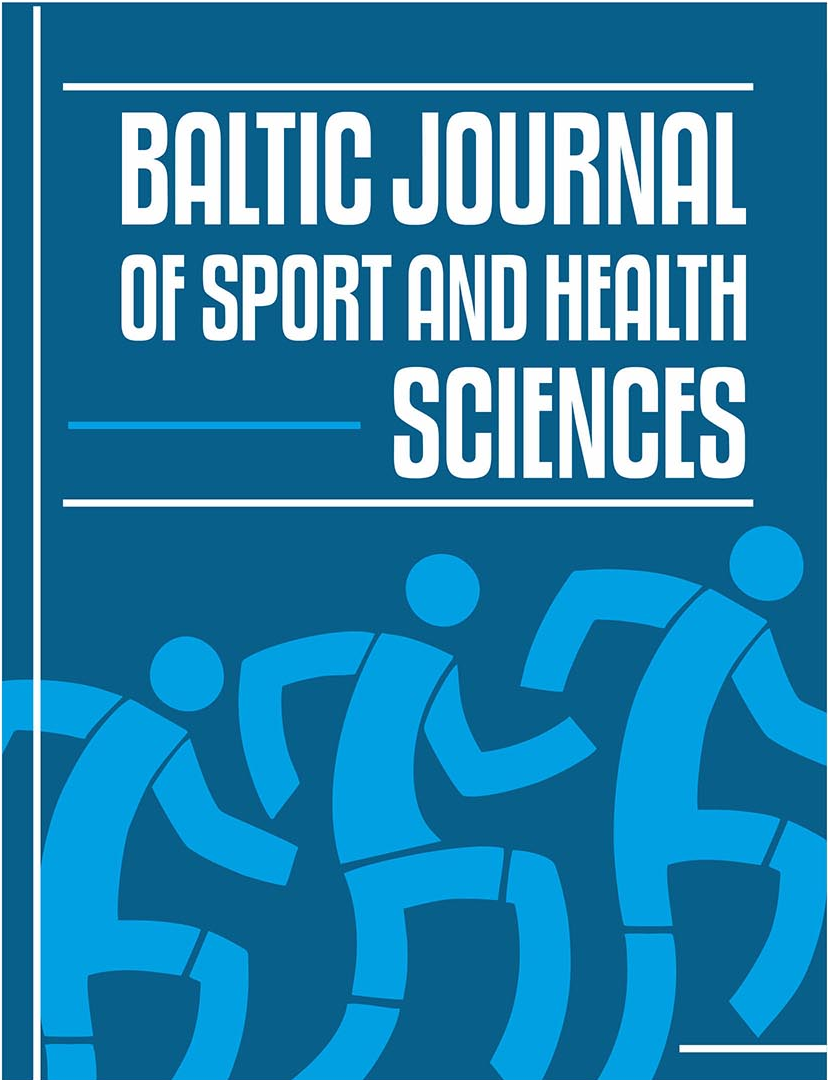Reactive and Pre-planned Agility in Young Tennis Players
Abstract
Background: In tennis, movement efficiency can be described as agility, which is crucial for adapting to the fast-paced and unpredictable nature of the game and affects a player’s ability to position themselves effectively and react to their opponent’s shots. While most studies focus on pre-planned movements, fewer address the cognitive and reactive components that mirror real match scenarios, highlighting the need for a more comprehensive approach to assessing agility in tennis.
Methods: The agility of 23 young tennis players (15 boys, 8 girls, aged 14 ± 1.7 years) was analysed using the simplified Tennis-specific Agility Test (TAT). Correlation analyses were conducted to assess relationships between agility components, reaction time, and competitive level.
Results: No significant sex-specific differences in agility performance were found. Older players (15 to 17 years) showed significant improvements in both pre-planned and reactive agility (p < 0.05). Agility performance correlated moderately with level of play (ρ = -0.5), with top national players performing better, particularly in pre-planned agility (p < 0.05). Remarkably, reaction time remained constant, even with different performances in both forms of agility. Strong positive correlations were found between pre-planned and reactive agility (r = 0.7) and between reaction time and reactive agility (r = 0.4). Reaction time explained about 15% of the variability in reactive agility.
Conclusion: Our study highlights the need for targeted training to close the gap between pre-planned and reactive agility in tennis. Coaches should focus on reactive agility, reaction time and both physical and cognitive skills to improve on-court movement, considering factors such as age and level of play.
Keywords: tennis, movement, agility, reaction time
Downloads
Published
Issue
Section
License
Copyright (c) 2025 Author(s). Published by Lithuanian Sports University.

This work is licensed under a Creative Commons Attribution 4.0 International License.






